Imagine you’re frantically prepping for Fourth of July BBQs, and—boom—you type “how many cups in a gallon” into Google. No scrolling, no clicking. Right there, on top, is the answer: 16 cups in a gallon. That, my friends, is the Google Direct Answers Box (sometimes called position zero and results on the zero click searches phenomenon).
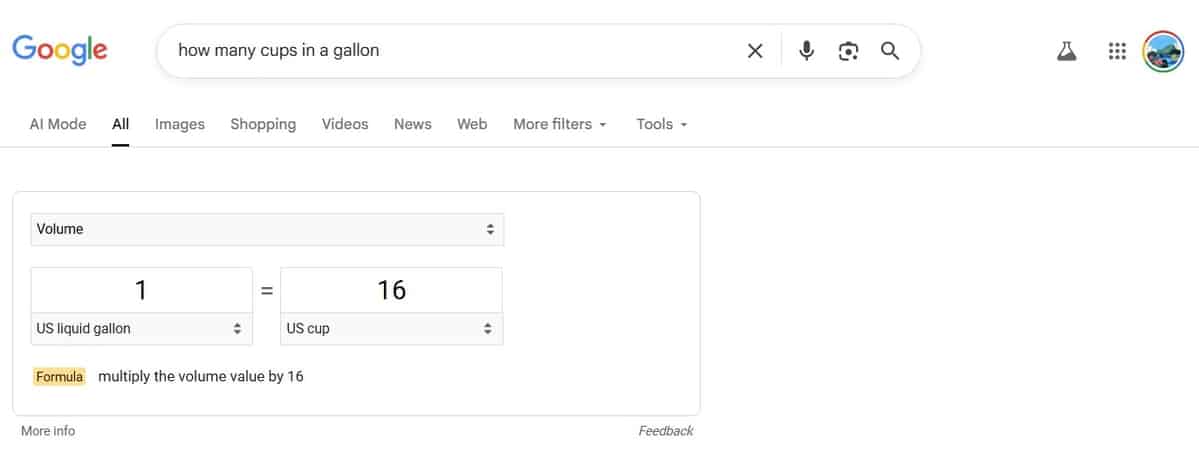
It feels a little like magic. Or like having a mini-encyclopedia whispering back at you.
What Exactly Is the Direct Answers Box?
At its core, the Direct Answers Box is Google’s way of snatching your question and serving up a bite-sized answer right on the search results page. It can be:
- A definition (“what is blockchain?”)
- A calculation (“12*38=”)
- A weather report (“weather in Chicago”)
- A step-by-step list (“how to tie a tie”).
And sometimes even a quick video clip. Google pulls this snippet of content—sometimes 40–60 words, bullet points, or a small list—and plops it above the organic results. When you see it, you almost don’t need to click through. It’s both awesome and a little terrifying, right?
I’ll admit, I get goosebumps whenever one of our blog posts sneaks into that box. It’s like winning the SEO lottery.
Why It Matters (A Lot)
Landing in that coveted zero spot isn’t just a vanity metric. It delivers:
- Prime Visibility: You outrank ads, organic listings, everything.
- Trust Signals: Google hand-picked you. That feels legit.
- Boosted Click-Through: Users love instant gratification.
But here’s the kicker: Many studies suggest Direct Answer Boxes appear for a significant portion of searches, especially for informational queries. The exact percentage varies, but it is certainly a real estate worth bidding on.
Real-World Examples of Queries That Trigger It
Let’s look at how this feature actually plays out in everyday searches. I poked around my browser history (no judgment), and here’s a handful of queries that typically produce an answer box:
“define amortization”: This query will often yield a definition, possibly from a financial site or dictionary.
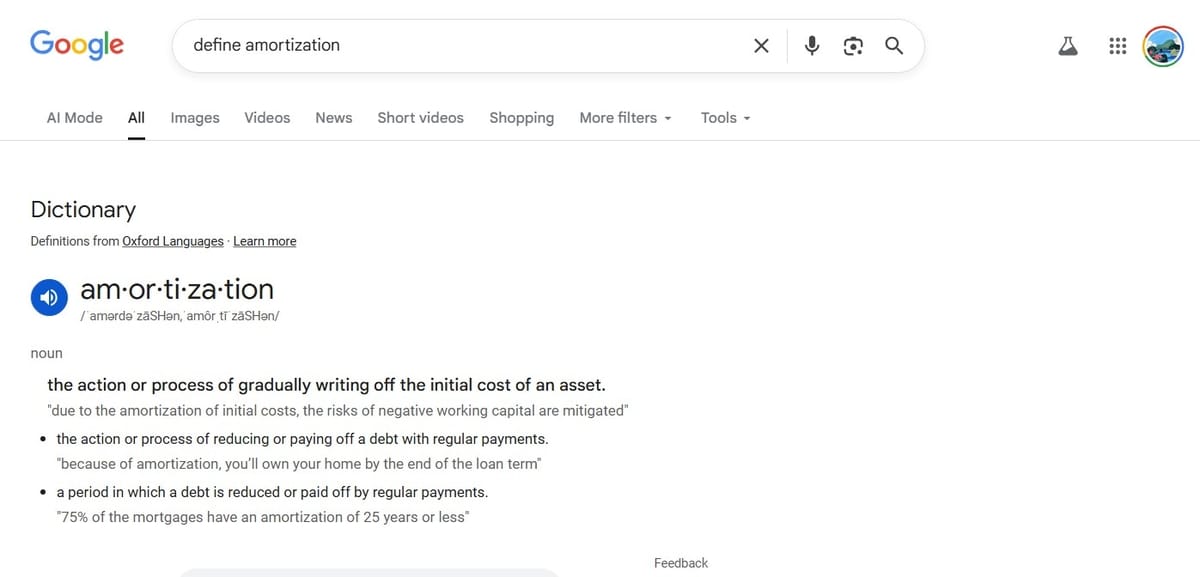
“how many ounces in a gallon”: This is a classic example, with the box showing the answer 128 ounces.
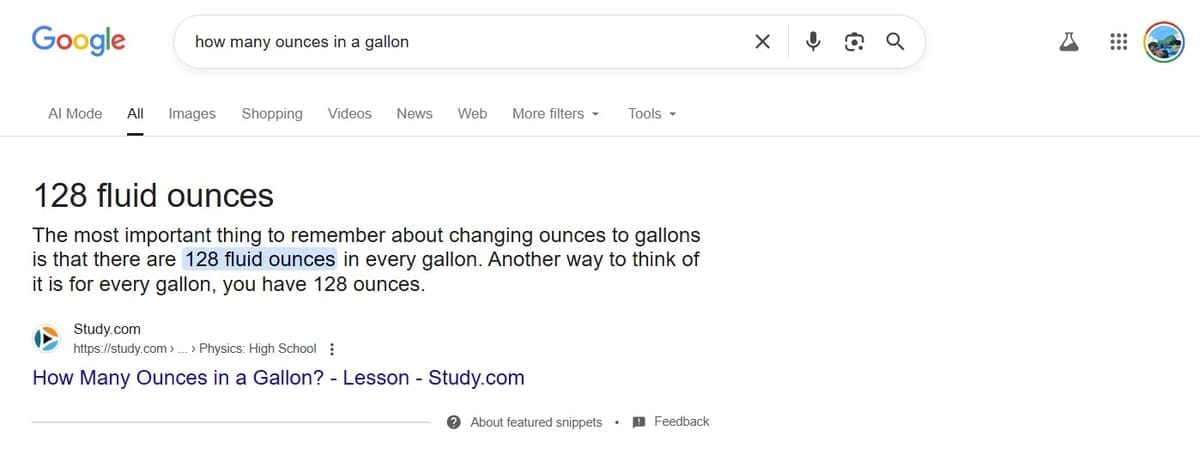
“PI”: A simple search for “PI” often produces a Direct Answer Box that displays the value of Pi (3.14159…) as well as a scientific calculator.
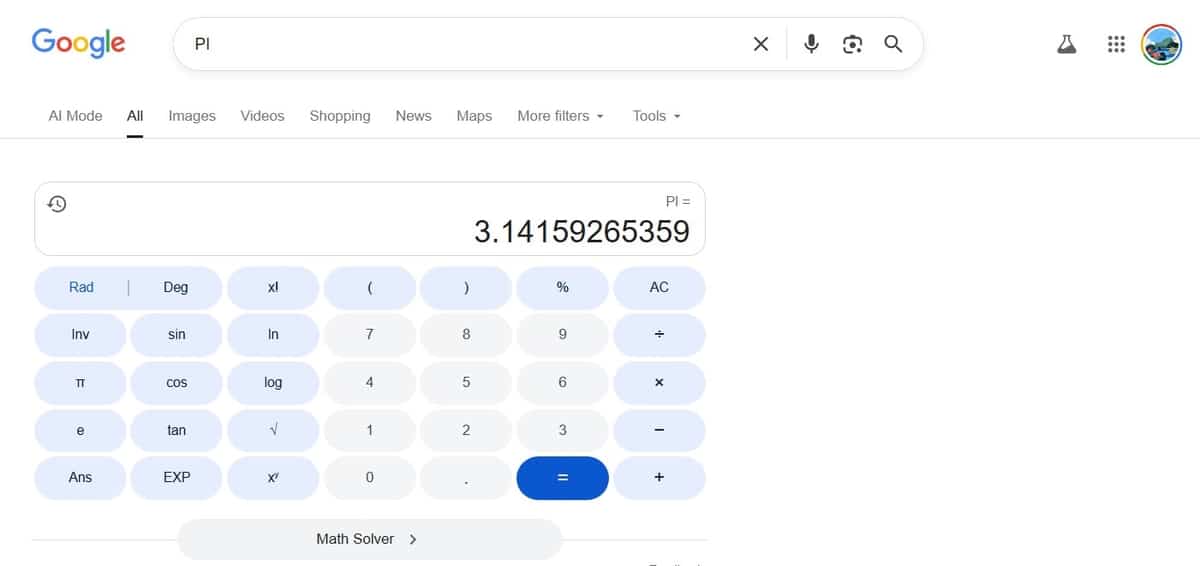
“what’s the weather in New York City”: This query brings up a real-time weather report with temperature, precipitation, and other details.
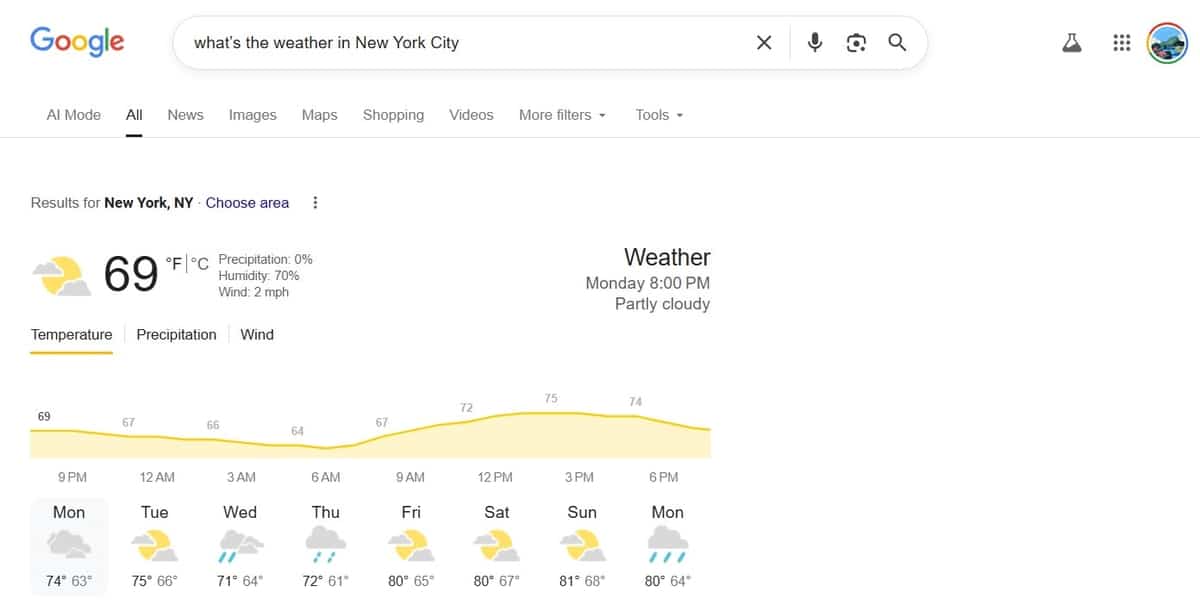
“how to reset AirPods”: This will likely show step-by-step instructions from Apple’s official support page.

Every time, Google extracts the best snippet—sometimes from Wikipedia, sometimes from a niche blog—and serves it as the top result. It can feel a bit like skipping the line at Disney World: exhilarating and, admittedly, a touch unfair.
Our Battle-Tested Strategies at Outreach Bee
Okay, enough theory. Here’s what we’re actively doing with our clients to break into that zero spot. These aren’t half-baked hacks; they’ve driven real impact.
Carve Out Question-Based Headings
We start by mapping out every “what,” “how,” “why,” “when,” and “where” question your audience asks. Those become H2 or H3 subheads. Then, right beneath each heading, we deliver a concise, on-point answer—usually in 50 words or fewer.
Snappy, Scannable Answers
Google loves brevity. We aim for single, self-contained paragraphs or neat bullet lists under each question. If it’s a process, we number the steps. If it’s a definition, we keep it punchy and jargon-free.
FAQ Schema Markup
It’s not voodoo—adding FAQ schema tells Google, “Hey, here’s the question and the answer on the same page.” Using FAQ schema is a great way to mark up content, but it’s important to know that its visibility as a rich result in Google’s organic search has been significantly restricted.
However, it can still be valuable for content organization and may influence how Google understands your page.
Competitor Gap Analysis
Sometimes the current snippet isn’t perfect. It might be 70% accurate or missing a crucial detail. We sniff out those “vulnerable” fragments and craft a richer answer—backed by data, images, or a mini-infographic.
Target Existing Snippets First
Why reinvent the wheel? If a keyword already has an answer box, it’s a green light. We refine our clients’ content to outshine the existing snippet. Often it’s about tightening the prose or adding an extra bullet point.
Monitor and Refresh
These boxes can vanish overnight. We track targeted terms using SERP tracking tools and refresh answers quarterly. A stale answer today might become tomorrow’s “deleted snippet,” so staying on top is key.
Now, full disclosure: it’s not a guaranteed payday. But for one fintech client, we saw a 30% lift in organic clicks to their FAQs within eight weeks. That was enough to make everyone do a little happy dance in the conference room.
Measuring Success (and Staying Nimble)
It’s tempting to pat yourself on the back once you hit position zero—but metrics matter. Here’s our quick-and-dirty checklist:
- Click-Through Rate: Did CTR on the page jump?
- Bounce Rate: Are users actually engaging with the content?
- Keyword Volatility: Is the snippet still there after an algorithm tweak?
If any of these dip, we revisit the page. A quick tweak, maybe a fresh statistic or a streamlined paragraph, can often bring the snippet back.
Beware: It’s a Moving Target
Here’s a little secret: Google tweaks what it shows in response to user behavior. Sometimes your beautifully crafted answer will be replaced by a definition from a totally different site. Or Google may decide that no snippet is better than a bad snippet and pull it altogether.
So yeah, it’s kind of a wild ride—exciting, occasionally maddening, but utterly addictive once you taste that zero-spot glory.
If you’ve ever wondered how Outreach Bee does it, now you’ve got a peek under the hood. Direct Answer Boxes are a puzzle, no, an intricate challenge that rewards precision, clarity, and yes, a touch of human flair.
What about you? Have you scored a Direct Answer Box or chased after one? Drop your story in the comments below (I read every one, promise). And if you found this helpful, follow us on Facebook, X (Twitter), or LinkedIn for more real-world SEO strategies.
Sources:
- www.delante.co/direct-answer-google/
- www.conductor.com/academy/get-to-top-of-google-answer-box/
- www.monsterinsights.com/how-to-get-a-google-answer-box/



Understanding the Shift Towards Story-Driven Video Content in Digital Marketing
5 AI Shortcuts to Draft Your Q1 Content Outlines While You’re on Holiday